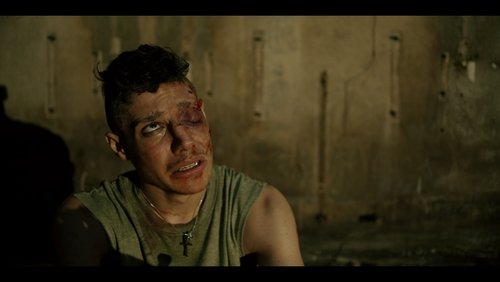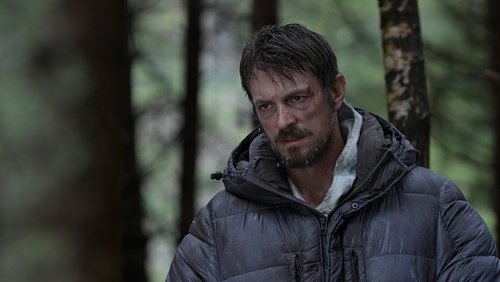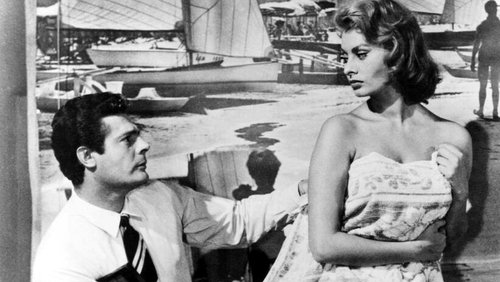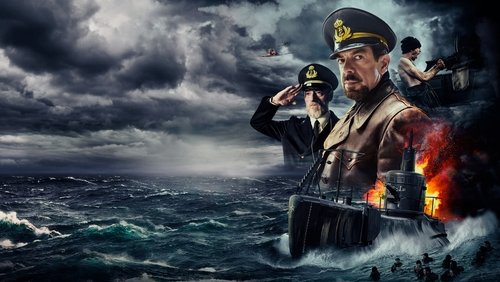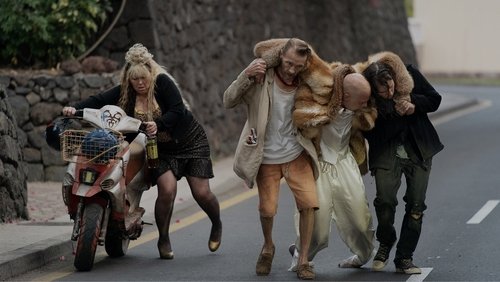Gabriel Over the White House (1933)
47KGabriel Over the White House (1933). 1h 26m | Passed
“The American political film genre has a long and highly respected tradition. Classics like u0026quot;Mr. Smith Goes to Washington,u0026quot; u0026quot;Advise and Consent,u0026quot; and u0026quot;The Best Man,u0026quot; generally reflect a liberal political outlook. When a movie politician veers from his initially progressive agenda, such as in u0026quot;All the Kingu0026#39;s Menu0026quot; and u0026quot;A Lion Is in the Streets,u0026quot; it is usually a sign that he has lost his moral compass and sown the seeds of his own self- destruction.u003cbr/u003eu003cbr/u003eIn u0026quot;Gabriel over the White House,u0026quot; Walter Hustonu0026#39;s newly-elected President Hammond is initially a cynical career politician reminiscent of Warren Harding, a political hack steeped in the corrupt culture of backroom deals, nepotism, crony patronage, and influence-peddling. However, after a surviving a near-death experience he is transformed by an undefined supernatural force into an idealistic crusader for a much different agenda that he zealously pursues: a divine mission that includes an imperial Presidency that suspends Constitutional checks and balances, ignores civil liberties, and invokes martial law. u003cbr/u003eu003cbr/u003eThe use of the name Gabriel in the title posits that this change in American government is sanctioned and approved by some kind of divine authority. In addition, Director Gregory LaCava also associates Lincolnu0026#39;s image with Hustonu0026#39;s transformation, which gives his subsequent metamorphosis a gravitas and moral authority it might not otherwise have. The casting of respected character actor Walter Huston may not have been an arbitrary choice. Just three years earlier, the actor had played the title role in D. W. Griffithu0026#39;s last major film, u0026quot;Abraham Lincoln,u0026quot; a part that was very closely associated with his 1933 screen image. (This is well before Huston played more iconic roles such as u0026quot;Dodsworthu0026quot; and u0026quot;Treasure of the Sierra Madre.u0026quot;)u003cbr/u003eu003cbr/u003eBecause of the tradition of American political films, viewersu0026#39; preconceptions have often prompted the misreading of u0026quot;Gabrielu0026quot; as a Liberal diatribe. The film certainly does postulate that a totalitarian state of some stripe is the answer to Americau0026#39;s problems. However, while there are certain aspects that may appear Leftist, there are more that are reminiscent of the Fascist policies of European National Socialism.u003cbr/u003eu003cbr/u003eHuston authorizes Franchot Toneu0026#39;s character to create a private federal police force which operates totally at the whim of the now dictatorial President. This force receives no governmental oversight and enforces the Presidentu0026#39;s will without due process. It is reminiscent of the then-powerful Ernst Rohmu0026#39;s SA in Germany. Rohm and the SA would not be eliminated until the infamous u0026quot;Night of the Long Knivesu0026quot; in 1934. Although itu0026#39;s difficult to judge color in a black and white film, the uniforms of Toneu0026#39;s u0026quot;storm troopersu0026quot; appear to be brown. Their military tribunal summarily dispatches the undesirable criminal foreign immigrants without aid of counsel in the manner of a totalitarian state. u003cbr/u003eu003cbr/u003ePresident Hammondu0026#39;s demonizing of foreign elements as the cause of the countryu0026#39;s social ills suggests the tactics used by European fascism in the early 30s. What is the nationality of C. Henry Gordon, who plays foreign immigrant hoodlum Nick Diamond? Early on it is shown that Diamondu0026#39;s real name is something ending with a u0026quot;ski.u0026quot; Although he is careful not to use a clearly identifiable Italian or Eastern European accent, Gordon, a native New Yorker, specialized in swarthy villains throughout his career, most memorably as the Muslim fanatic Surat Khan, who massacred prisoners including women and children under a white flag in the Errol Flynn epic, u0026quot;The Charge of the Light Brigade.u0026quot; u003cbr/u003eu003cbr/u003eEspecially impressive is the bravura, almost 360 degree camera dolly during the firing squad sequence in which Gordon and his immigrant criminal associates are summarily executed. The shot ironically shows the Statue of Liberty in the background, clearly implying with in-your- face pointed irony that these executions are taking place on Ellis Island. u003cbr/u003eu003cbr/u003eThe saber-rattling show of military force toward the end of the film in order to collect outstanding WWI debt is somewhat reminiscent of Billy Mitchellu0026#39;s famous demonstrations of air power from a decade earlier. (In fact, it has been reported that archival footage from the Mitchell demonstrations is used in this sequence.) Among the countries Hammond signs agreements with are France, and ironically Italy and Japan. Hustonu0026#39;s bellicose, thinly-disguised threats of military action are not unlike Germanyu0026#39;s bullying of Europe during the Thirties.u003cbr/u003eu003cbr/u003eOne of the last statements the dying Huston character says is that the power structure he has left in place will last a u0026quot;millenium.u0026quot; Does the use of a thousand years as a political time frame sound like a familiar paraphrase (i.e. Hitleru0026#39;s Thousand Year Reich)?u003cbr/u003eu003cbr/u003eThe original book was written anonymously by someone named Tweed. (Howu0026#39;s that for a nom-de-plume?), but the real power and economic force behind u0026quot;Gabriel over the White Houseu0026quot; as a novel and movie was William Randolph Hearst. Although Hearst was a progressive reformer when he first began delving into politics, by the early 30s he had moved to the right and was a great admirer of Mussolini. (In the opening newsreel montage of u0026quot;Citizen Kane,u0026quot; Kane, a thinly-disguised roman-a-clef version of Hearst, can be seen schmoozing with Facists.) u003cbr/u003eu003cbr/u003eDespite this, Hearst was an avid Roosevelt supporter in 1932 although at that time he couldnu0026#39;t have known the full extent of FDRu0026#39;s New Deal agenda. Hearst had established his own production company, Cosmopolitan Pictures, at MGM in order to insure the production of star vehicles for his mistress, Marion Davies. This clout undoubtedly aided him in securing Metrou0026#39;s support of the picture. Hearst reportedly submitted the script to Roosevelt who apparently approved of it but asked for some changes. No one has said definitively what Roosevelt contributed, but it was agreed that for a variety of reasons, distribution would be postponed until 1933, well after the election.u003cbr/u003eu003cbr/u003eToday u0026quot;Gabriel over the White Houseu0026quot; is looked upon today as an aberrant curiosity and relic from Hollywoodu0026#39;s pre-Code era. In 1932 America was in a dark place, and I think u0026quot;Gabrielu0026quot; clearly reflects that angst-ridden period on our history.”
